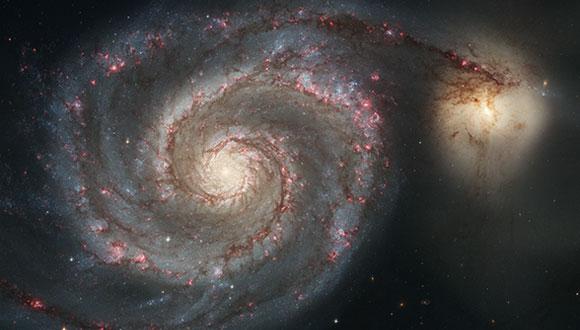סמינר באסטרונומיה ובאסטרופיזיקה: Understanding Colliding Galaxies: Infrared Observations and Simulations of SEDs (Spectral Energy Distributions)
Dr. Howard Smith, CfA
Abstract:
Colliding galaxies are not only dramatic events, they are vital evolutionary processes in the cosmic order, facilitating the production of stars and their essential by-products. Observations suggest that the most luminous galaxies during the cosmic epoch of peak star formation are powered by the energetics of star formation, and are apparently the result of galaxy mergers. Because they are bright, luminous systems will be increasingly important to understand as new telescopes find more of them, stretching back to the epoch of reionization. In the past decade, space missions from the ultraviolet to the far-infrared have enabled the measurement of the full spectrum of merging galaxies from the ultraviolet radiation of hot young stars to the submillimeter light emitted by dust heated by absorbed UV. We are in the midst of a detailed accounting of the SEDs of nearby merging galaxies to improve our understanding of merger processes. We study a range of merger stages, and model the SED shapes to retrieve key parameters such as the star formation rates and dust properties. We have simultaneously undertaken a series of merger simulations and applied the models to the simulated SEDs to test the credibility of the analysis method while improving the simulation inputs. Four important issues are highlighted: the role of an AGN in contributing to a galaxy's luminosity, the accurate accounting of the mass in cold dust, the reliability of simple-minded star formation metrics like the Schmidt-Kennicut relation, and the reality of the so-called ?galaxy main sequence? which correlates a galaxy's star formation rate with its mass.
מארגן הסמינר: פרופ' עמיאל שטרנברג


